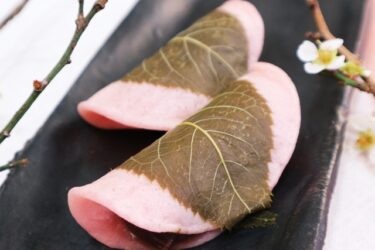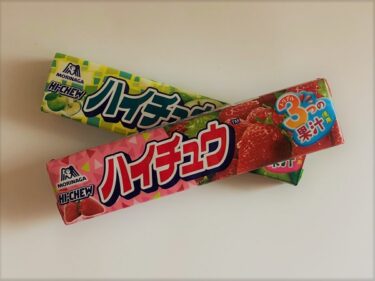Japanese rice crackers are made from rice flour, wheat flour, or potato starch.
The “Kabuki fried” introduced here is a rice cracker made from rice flour, but it is not gluten-free because it uses modified starch and soy sauce.
Kabuki fried with the motif of the traditional Japanese performing art “Kabuki” is popular with foreigners, and many people like to eat it in Japan and take it home as a souvenir.
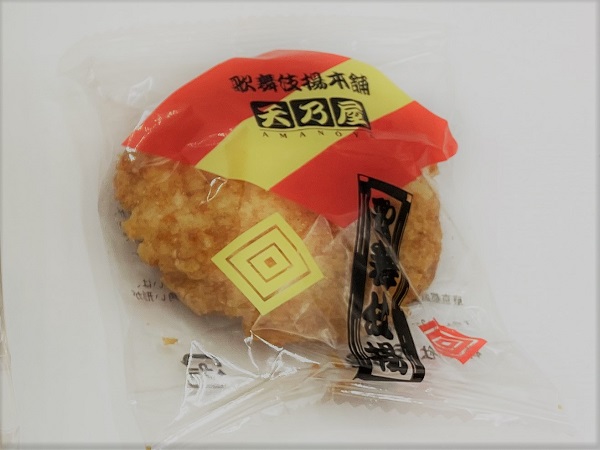
What is Kabuki-a-ge and can I eat it?
Materials of Kabuki-a-ge
Rice, vegetable oil, sugar, soy sauce, high fructose corn syrup, seasoning extract, salt, modified starch from wheat
| Low FODMAPs | ||||
| for Vegetarian |
| Food supermarket | Convenience store | Drug store |
Kabuki-a-ge is a fried rice cracker seasoned with soy sauce and sugar
Kabuki-a-ge is a rice cracker released in 1960 by Amanoya, a confectionery company in Tokyo.
At that time, rice crackers, which had a lot of soy sauce, became popular because they were sweetened by adding sugar.
It has no direct relationship with Kabuki or Kabuki-za, and it seems that Kabuki, which is a traditional Japanese culture, is combined with rice cracker making.
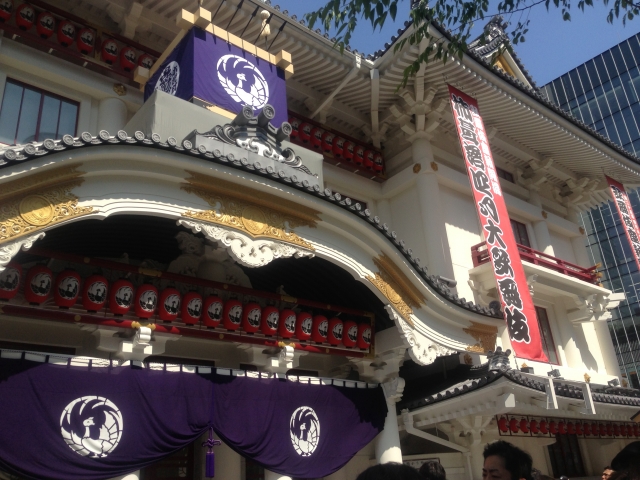
Each rice cracker is engraved with a design that resembles the family crest of a Kabuki actor. When it was first released, it had a harder texture than it is now, so it seems that the family crest was clearly visible. After improving the texture to a soft one to suit the taste of the customer, the engraving became less noticeable.
This soft texture is due to the fact that the raw material, non-glutinous rice, swells when the rice crackers are fried. Senbei can be divided into grilled senbei and fried senbei depending on how they are made, but Kabuki-a-ge is fried senbei.
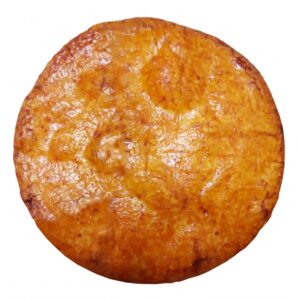
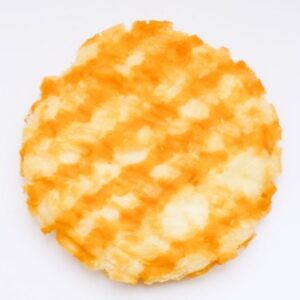
Try to eat Kabuki-a-ge!
How much ?
$ 1~2.2
Where can I get Kabuki-a-ge ?
You can buy it at food supermarkets, convenience stores, and drug stores.
There is also a directly managed store in Amanoya in Tokyo metropolitan area.
However, it is recommended to buy it at a convenience store. You can buy small quantities of products at convenience stores. The size of the rice crackers is also bite-sized, which is a good place to try.
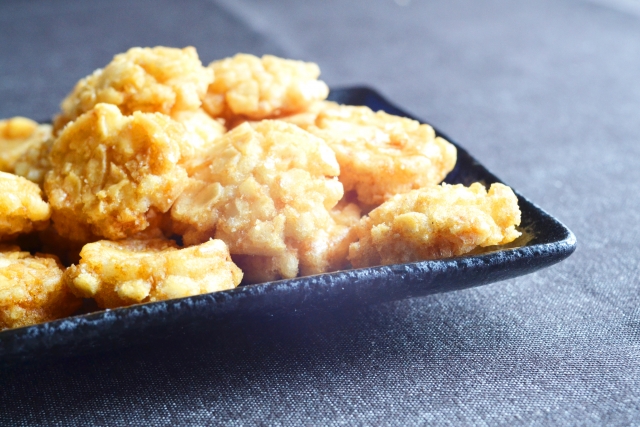
Precautions when eating Kabuki-a-ge
For gluten-free people
Rice crackers made from rice flour often do not contain gluten, or even if they do, the amount is very small. Unfortunately, however, Kabuki-a-ge uses modified starch derived from wheat as a raw material.
It probably contains almost no gluten, but I can’t make a decision because I don’t know the details about modified starch. Please decide for yourself whether to eat.
Japanese writer’s comment for Kabuki-a-ge
Kabuki-a-ge is a famous rice cracker in eastern Japan because Amanoya is a shop in Tokyo. It may not be sold in other areas. However, there are fried rice crackers similar to Kabuki-a-ge in various places, and Bonchi-a-ge in western Japan in particular divides the market share into Kabuki-a-ge. Bonchi-a-ge has a lighter soup stock flavor.
There are two types of Kabuki-a-ge, a round shape and a square shape, and it seems that more round shapes are produced. Therefore, there may be no squares in one bag, so it will be a rare experience if you can meet them. Of course, the engraved family crest design is also different from the circle. However, I can’t see it well.


